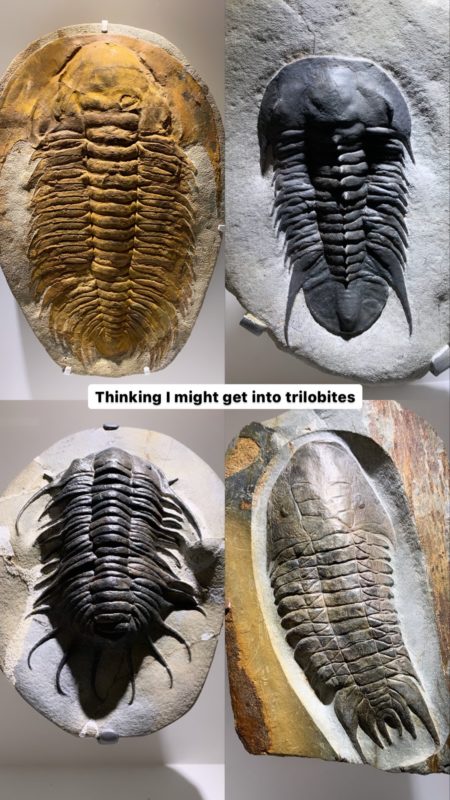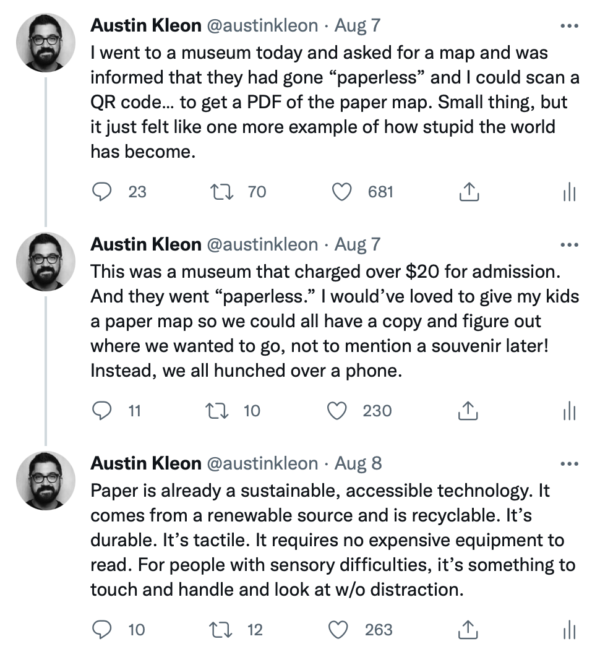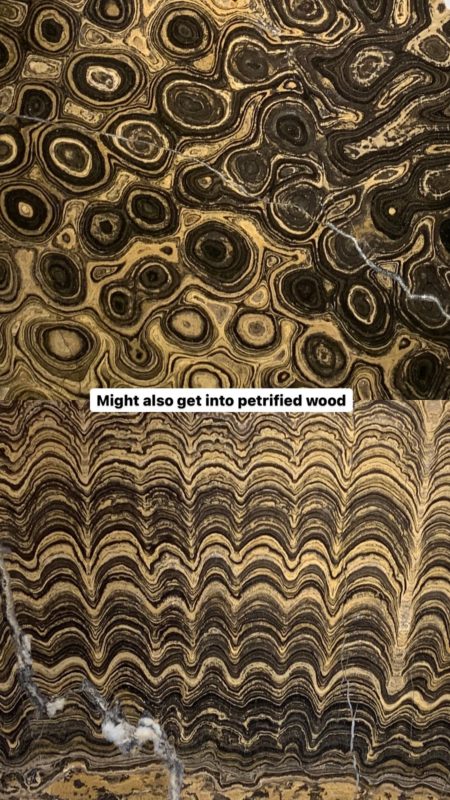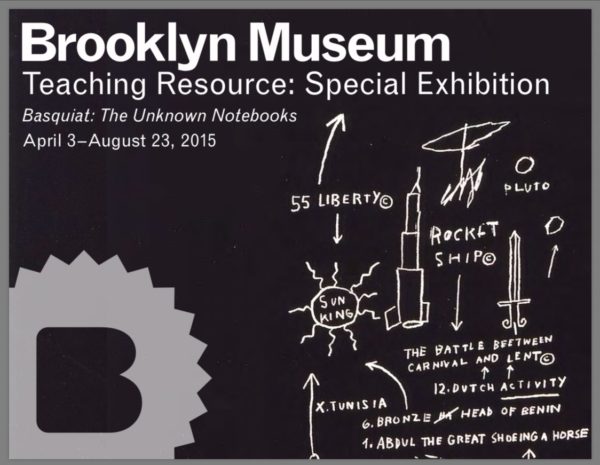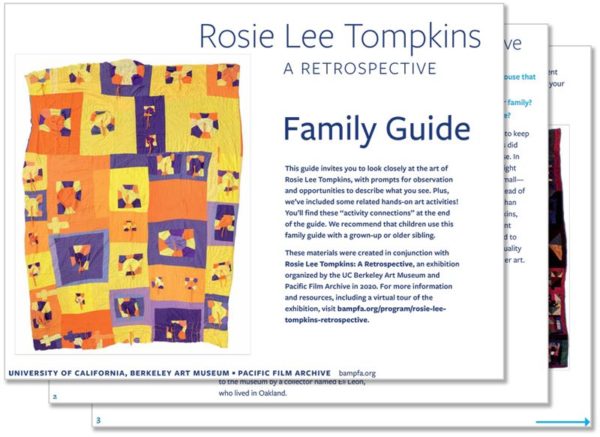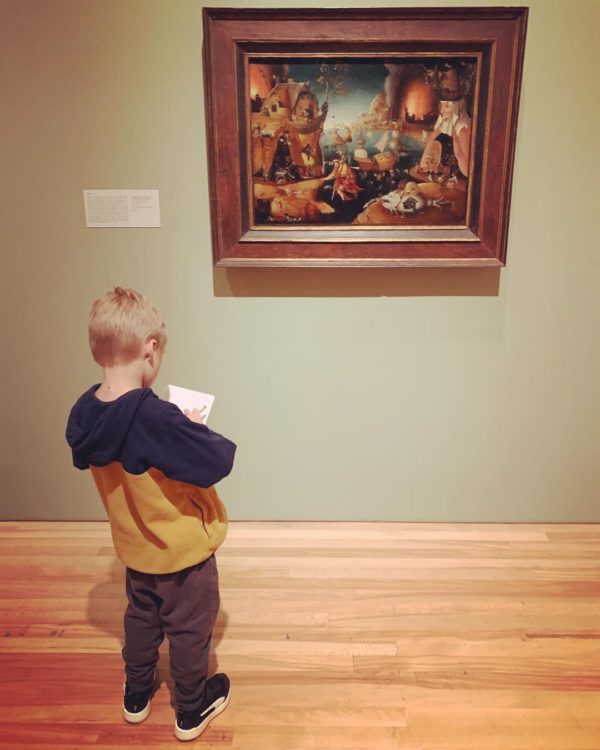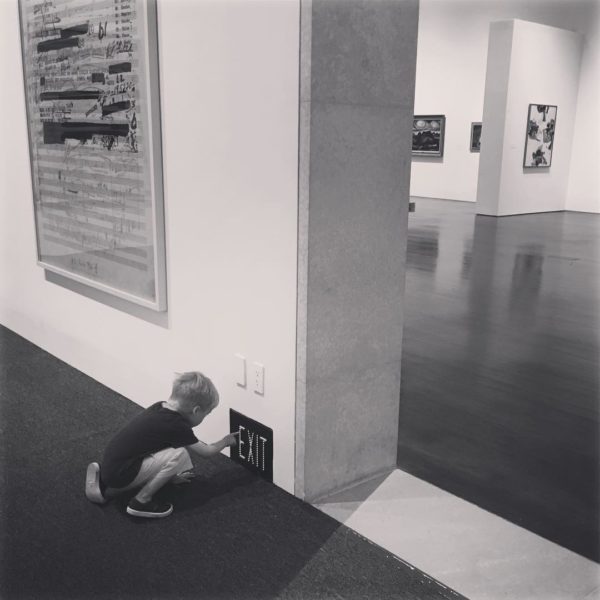The Blanton filmed me talking talking about the museum:
I love to copy paintings when I’m here, because drawing makes you slow down and actually look at the thing… We spend a lot of time looking at images. We’re on our phones, we’re scrolling… but there’s something about being in the presence of a real work of art that someone has made with their hands, that someone has sweated over. Seeing it in person and seeing it at scale… it is unbeatable. It’s infectious! It makes you want to go home and make stuff! I mean, a good day at the museum for me is a day that I get out of there and I think, “I really feel like going home and writing!” or “I really feel like going home and drawing!” There is a kind of mania that happens when you’re in an art museum. You start seeing everything around you as art. And that’s the greatest thing that art can do: help you see your everyday world in a new light.
I included the video in today’s newsletter about a good day in the museum, or how I like to look at art.
